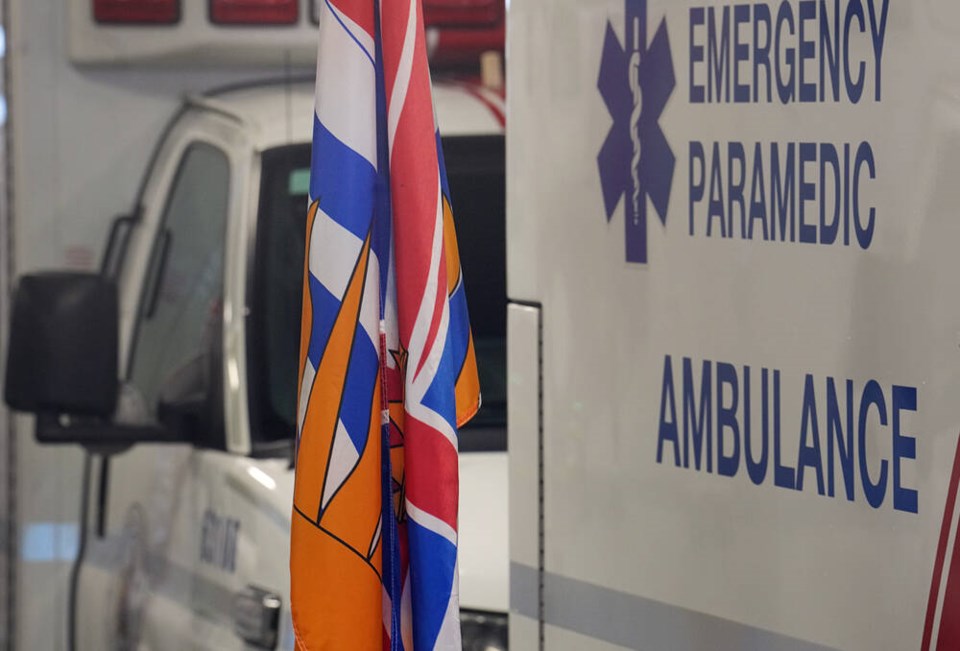We’ve all been there — a quiet commute suddenly turns into the need to snap out of it, drive decisively, reacting in seconds to a critical moment. That could be about avoiding a crash but what I’m talking about here is how drivers respond to an approaching emergency vehicle. The way you react, or don’t react, can mean the difference between saving a life or making a dangerous situation worse.
Most drivers know the basics: pull over to the right and let the fire truck pass. But there’s actually a lot more to it, especially in our busy, distracted, high-speed world. Applying some advanced defensive driving techniques and awareness is the best way of handling approaching lights and sirens.
Start with spotting it sooner. The earlier you detect an emergency vehicle, the more options you have. Professional drivers use a technique called “lead eye time” which sounds technical but is simply about constantly scanning 10 to 20 seconds ahead of yourself, depending of course on traffic. This should be combined with regular rear view mirror checks every 5 to 8 seconds.
Ears matter as well. Keep the tunes turned down. Don’t drive with headphones or earbuds on and if possible keeping your window open a crack gives you a much greater chance of hearing a siren.
Just reacting isn’t good enough. Panic reactions lead to bad outcomes. Instead take a predictive mindset behind the wheel, which means constantly asking: “What if?”.
Lots of times the emergency vehicle turns off before reaching your position. That’s an excellent time to “what if.” If that ambulance did come through where would I have moved to? It’s a driver’s job to anticipate that emergency vehicles often use unconventional paths to move through traffic, like driving on the wrong side of the road or moving through red lights. Your job is to not be in their way.
Of course this doesn’t mean get out of the way at all costs. You’re not driving up into the middle of a sidewalk to create space or blasting through a red light to open up a lane. Panic is dangerous. Make your movements slow and predictable. Signalling your intention is the best way to show the emergency vehicle driver that you’ve spotted them and are taking action.
Using smooth inputs like gentle braking, gradual steering and avoiding overreactions is the safest way here. Why? Because sudden stops or swerves can lead to collisions, especially if drivers behind you haven’t clued into that massive red engine behind everyone trying to get through. Ease over with confidence, brake early and smoothly and put on your hazard lights if you need to stop on a curve or poor visibility area.
In traffic, always keep an escape route in mind. That might simply be the shoulder but it could also be a driveway or a laneway. That’s why most driver training schools advocate for leaving a gap between you and the vehicle in front. Bumper to bumper means you have no way out.
If traffic is fully stopped and you’re boxed in, don’t panic. Emergency crews deal with this every day. The basic rule is move to the right and make as much room as possible and that may even involve bumping up on the curb. Do it cautiously with four-way flashers activated.
Whether or not there’s an emergency vehicle involved, good defensive drivers should never pass by another vehicle which has made an unexplained stop. Every emergency vehicle driver will tell you the one about the time when cars in 2 of 3 lanes of intersection cross traffic have stopped for their lights and siren only to have a driver zip through in that third lane — oblivious to the fact that everyone else was stopped.
In a world full of distractions and unpredictability, being an excellent driver means going beyond the minimum of just getting there. Responding effectively to emergency vehicles is one of those high stakes moments where your skills, coupled with calm thinking, can make all the difference.
Glove Box: Seconds count not just for emergency vehicle drivers but for everyone on the road. According to one study 80% of crashes and 65% of “near” crashes involved the driver looking away from the forward roadway for just 3 seconds. Even glancing at a phone or GPS for just 2 seconds doubles your crash risk. At 100 km/h, you’re doing 28 metres per second — so even that two-second glance means you’ve travelled half a football field blind.
>>> To comment on this article, write a letter to the editor: [email protected]



